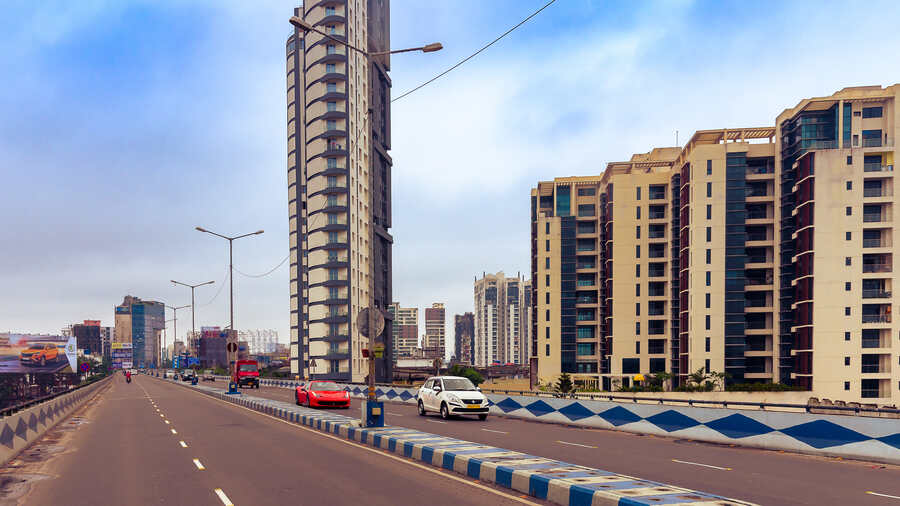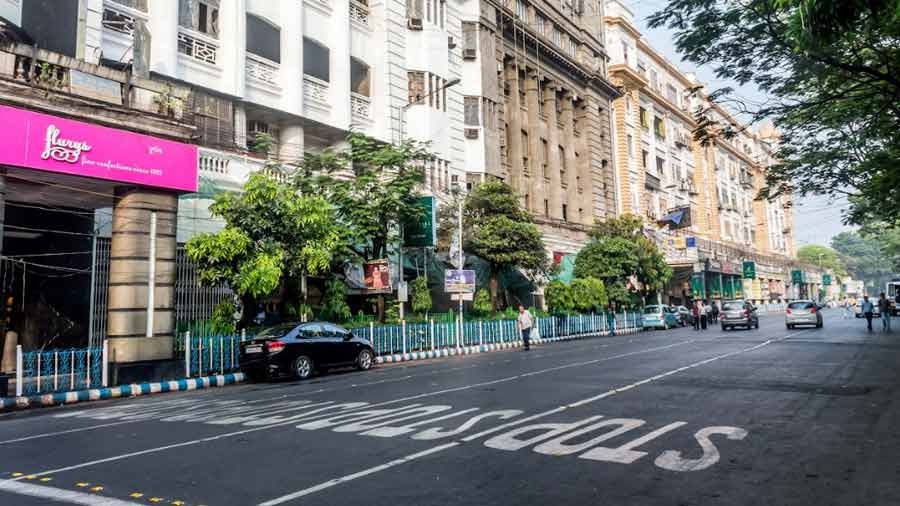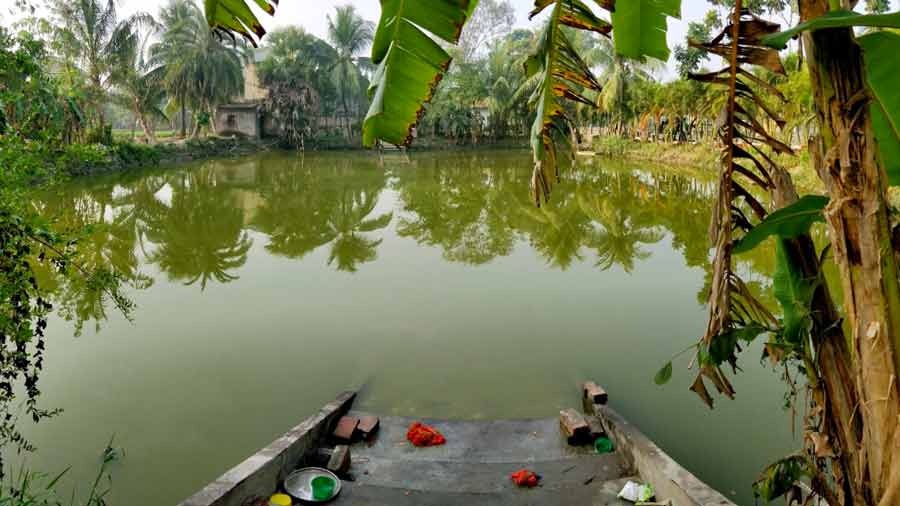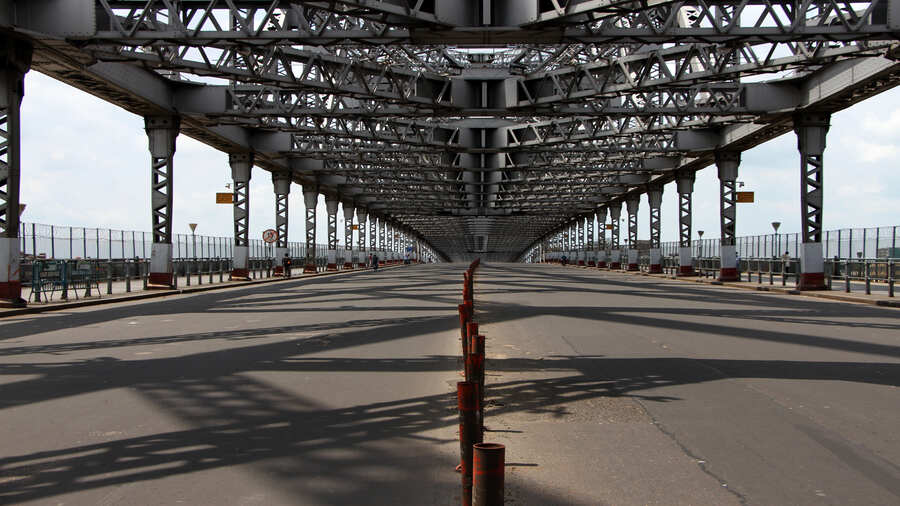The groundwater level in the Kolkata Municipal Corporation (KMC) area is dropping at least one foot per year, according to a study recently published in an international journal.
The study, based on data from 1985 to 2016, was conducted on the eastern and western banks of the river Hooghly, covering the Kolkata and Howrah cities and their peri-urban areas.
The study — published in Springer Nature’s Journal of Environmental Earth Sciences on February 15, 2022 — revealed that over-withdrawal of groundwater in Kolkata has created a “trough” that is about 30 per cent larger than the total area of the city and has also turned three-fourths of its groundwater partly or fully brackish.
“The trend of the water-level decline was about 0.33m (about one foot) per year at the centre of the trough on Park Street and 0.11m (about four inches) per year near the periphery,” states the paper.
“It’s a fact that the groundwater level in the KMC area is plunging about one foot every year. The rate, however, varies within the city,” corroborated a senior official from the state department of irrigation and waterways.
“In the past two and a half decades, due to over-withdrawal of groundwater, the groundwater trough in south-central Kolkata has increased by 266sq km and resulted in the deterioration of freshwater… into blended … and brackish water,” reads the report, co-authored by Sumanta Banerjee and Pradip K. Sikdar.
“The impact is more in south Kolkata as it has many more multi-storeyed buildings than north Kolkata. The majority of these buildings depend on groundwater,” explained an expert.
“We defined an area as a trough if the groundwater level in that area was at least 15m below the surface. The trough below the city is bigger than the city's surface area by at least 30 per cent,” said Sikdar, the lead scientist in the study. The area under the KMC is about 200sq km.

Many highrise buildings on the Maidan use groundwater. Kolkata, traditionally a city with a huge groundwater reserve, is gradually becoming a water-deficient city iStock
Concrete toll on water recharge
According to the Central Ground Water Board’s analysis in 2020-21 of its wells located in the city, about 80 per cent wells showed groundwater level in the range of 10 to 20 metres under the surface; while nearly 10 per cent wells showed a level between 20 and 40 metres below the surface.
“As a consequence of withdrawal and creation of a large trough, the groundwater now flows from west to east; which has led to the brackish groundwater from Howrah turning the groundwater of Kolkata brackish,” explained the scientist.
“A comparison… with the mid-nineties reveals a reduction of area of freshwater by 74 per cent and the increase of area of blended and brackish water by 42 per cent and 32 per cent, respectively,” the report reads.
“In Kolkata, during the period 1980-2014, the built-up area had increased from 100 to 162 sq km while the areas occupied by wetlands and vegetation had reduced by 40sq km and 23sq km, respectively,” says the report, underlining how concretisation has eaten into the water-recharging area of the city.
“Two distinct trends are emerging. Firstly, the city hardly has a place for natural recharge of groundwater; and secondly, the huge housing complexes on the eastern fringes of the city, particularly around EM Bypass, are still using groundwater, which is resulting in the eastwards flow of brackish water,” said Kalyan Rudra, chairman of West Bengal Pollution Control Board and a water expert.
“It is unfortunate that Kolkata, traditionally a city with a huge groundwater reserve, is gradually becoming a water-deficient city because of a combination of increasing concretisation and over-withdrawal of groundwater,” pointed out an expert.


